Singer Kishore Kumar gifted the world with countless classics before his premature death on October 13, 1987, aged just 58. To mark his passing 30 years ago, Eastern Eye decided to take on the impossible task of creating a playlist of 10 key classic songs. The greatness of the singer is, however, perfectly illustrated by the fact no two people will have the same top 10 songs.
Eena Meena Deeka from Aasha (1957): This would become a cult classic, but why the catchy number makes the list is that it was one of the first to showcase his unique vocal range. This was pictured on the great man, who was also a great comic actor and perhaps the only leading man to sing his own songs at the time.
Chhod Do Aanchal Zamana Kya Kahe Ga from Paying Guest (1957): Kishore delivered magnificent duets over the years and this one with Asha Bhosle was his first blockbuster with another singer. This track would later be sampled, covered and inspire musicians in following generations. It was particularly fresh because it was recorded at a time both future legends were trying to establish themselves.
Ek Ladki Bheegi Bhaagi Si from Chalti Ka Naam Gaadi (1958): Bollywood has always loved the rain songs and this was one of the best. Apart from being a great composition, what made the song extra special was that it was the stand out moment in his biggest hit film as a leading man and pictured opposite his future wife Madhubala. A honourable mention goes to another of the film’s numbers Haal Kaisa Hai Janaab Ka, which was voted the most popular Bollywood song of that year.
Mere Samne Wali Khidki from Padosan (1968): The last truly great number he performed on screen before concentrating almost entirely on playback singing. He sings while a buffoon lip-syncs and pretends the voice is his to impress a hot neighbour. Many singers who followed in his giant footsteps performed the iconic number.
Roop Tera Mastana from Aradhana (1969): The soundtrack to this blockbuster turned him into the king of playback and won him the first of his record-breaking haul of Filmfare Awards for Best Singer. The sensual song remains popular today as do the other big hits from the soundtrack Mere Sapnon Ki Rani and Kora Kagaz Tha Yeh Man Mera.
Zindagi Ek Safar from Andaz (1971): This song swept through this romantic drama and across the globe like wildfire when it released. It became an anthem for a new generation and has since uplifted subsequent generations. The then king of Bollywood Rajesh Khanna loved the song so much that he agreed to make a cameo performing it. The most popular Bollywood song of 1971 was such a blockbuster that it turned the movie into a huge hit.
Mera Jeewan Kora Kagaz from Kora Kagaz (1974): The king of the 1970s had another resounding hit with what would become his first solo song to be voted the most popular of the year in the main chart show of the day. What made this extra interesting is that it was used as a background score to show the plight of the female protagonist. Listen carefully to the lyrics and it is a gift that keeps giving.
O Saathi Re from Muqaddar Ka Sikander (1978): This song showed there was a lot to more to the singer’s repertoire than fun, energetic and dance numbers. He also did slow emotion-filled love songs really well and this is a perfect illustration of that. The love song grabs hold of your heart and doesn’t let go even after it has ended.
Khaike Paan Banaras Wala from Don (1978): The magnificence of this award-winning song is such that it still lights up the dance floors today. It showed that no one did a fun number better than the late great singer and was the most popular Bollywood song of that year. (We won’t talk about the cover version that appeared in the 2006 remake of Don).
Manzilein Apni Jagah Hain from Sharaabi (1984): There aren’t too many certainties in life, but one thing is for sure, Kishore Kumar would win the Filmfare Best Male Singer award in 1985 because he got all four nominations for songs featured in Sharaabi. Although many would argue Inteha Ho Gayi Intezaar Ki deserved to win because, let’s face it, nearly all Indians are late and everyone has experienced the subject of this song.

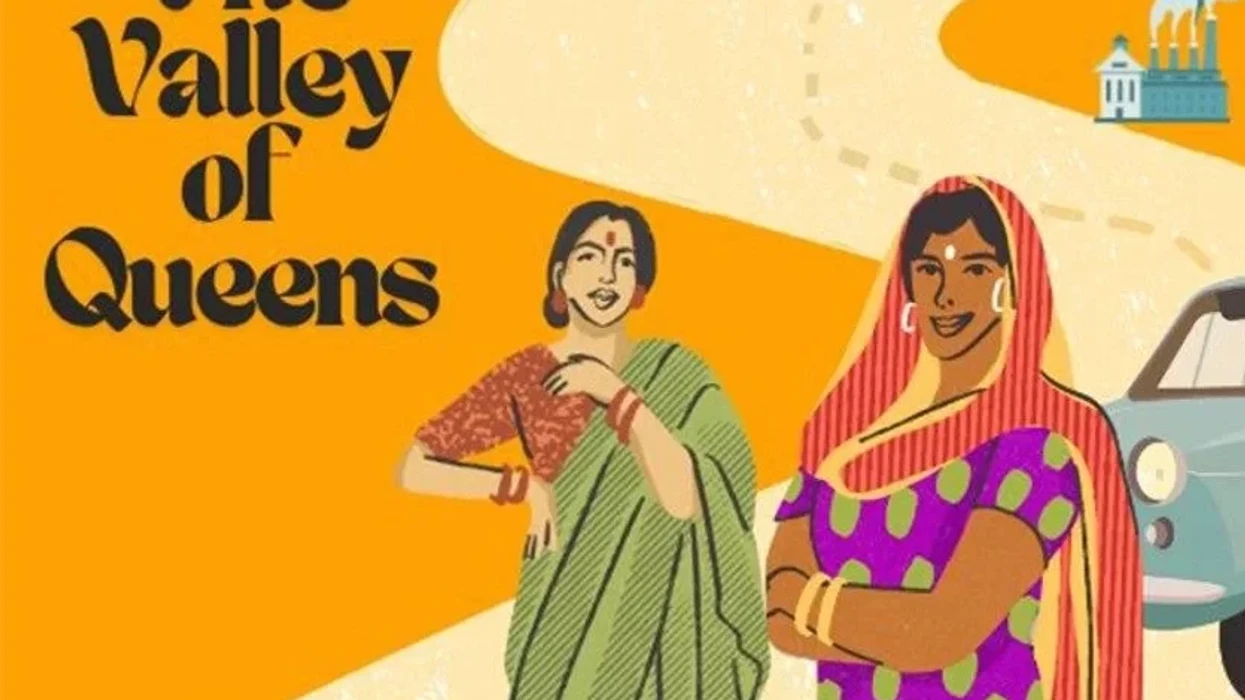
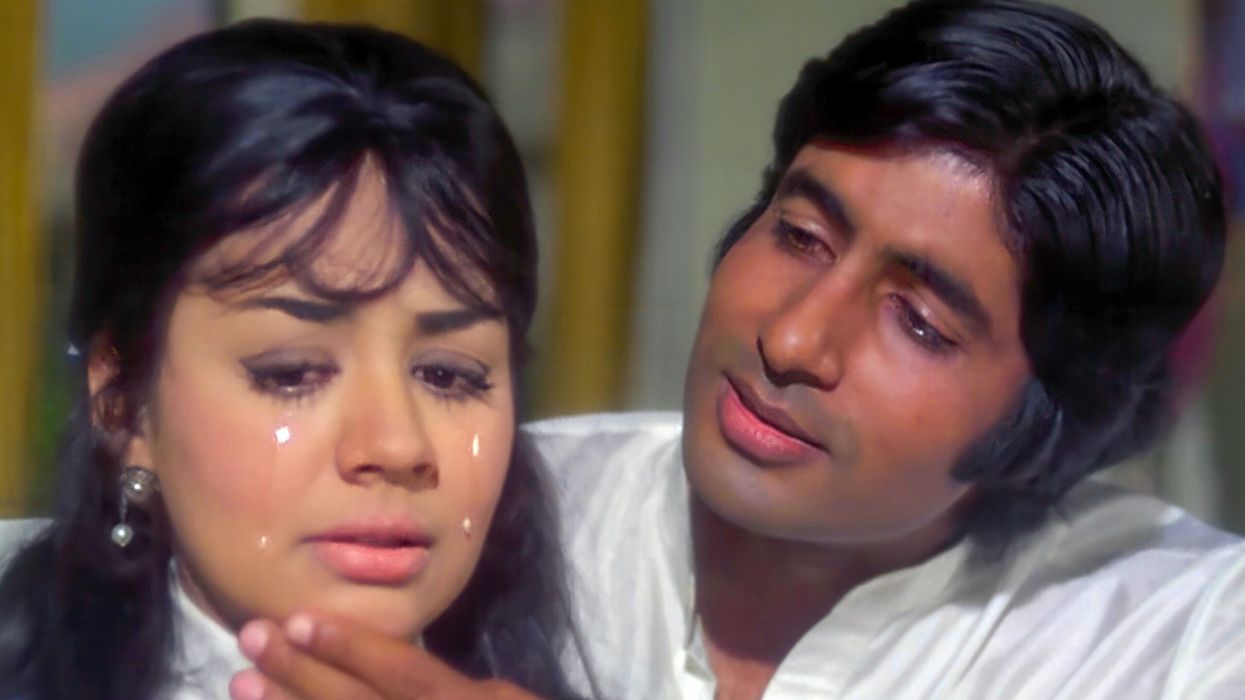
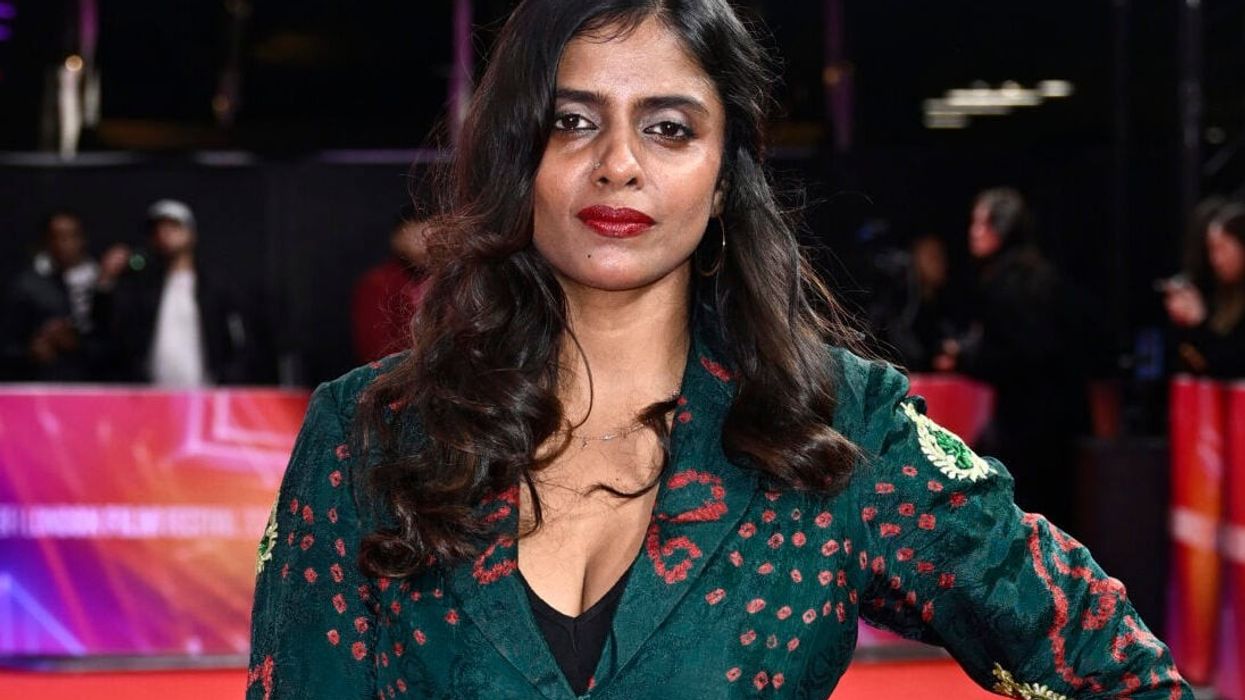

 Anika Chowdhury says she has many ideas to further fuse craft and culture in future projects Glowborne
Anika Chowdhury says she has many ideas to further fuse craft and culture in future projects Glowborne 

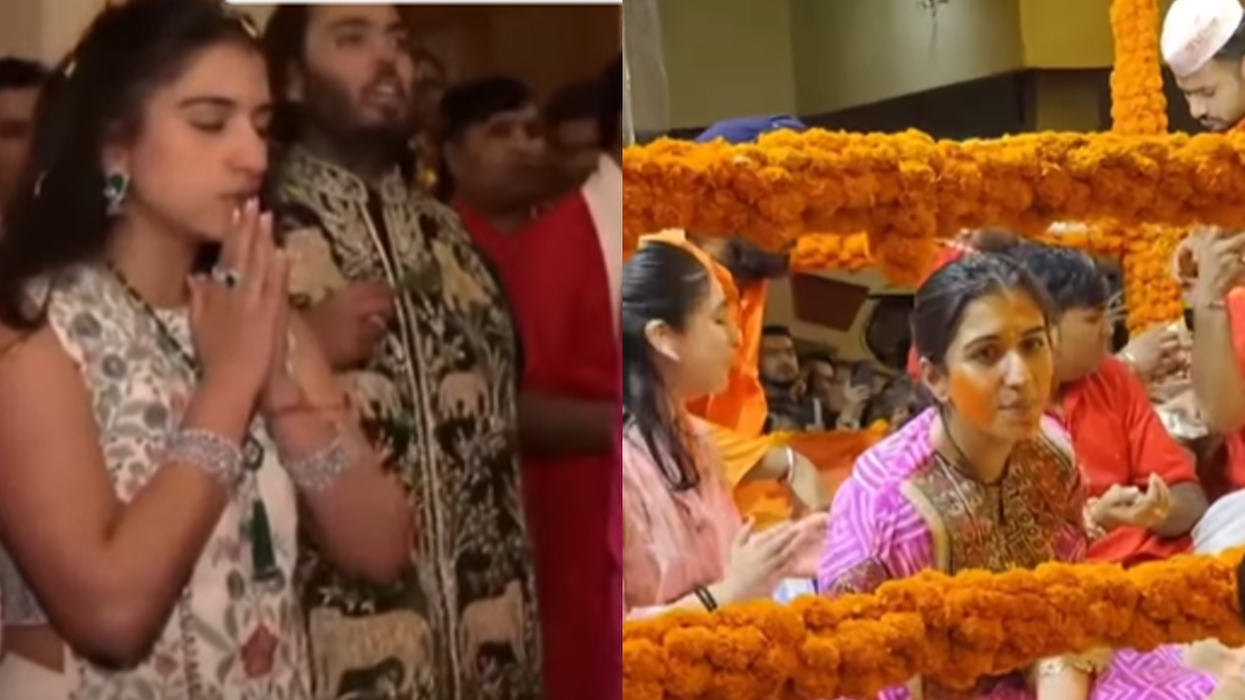
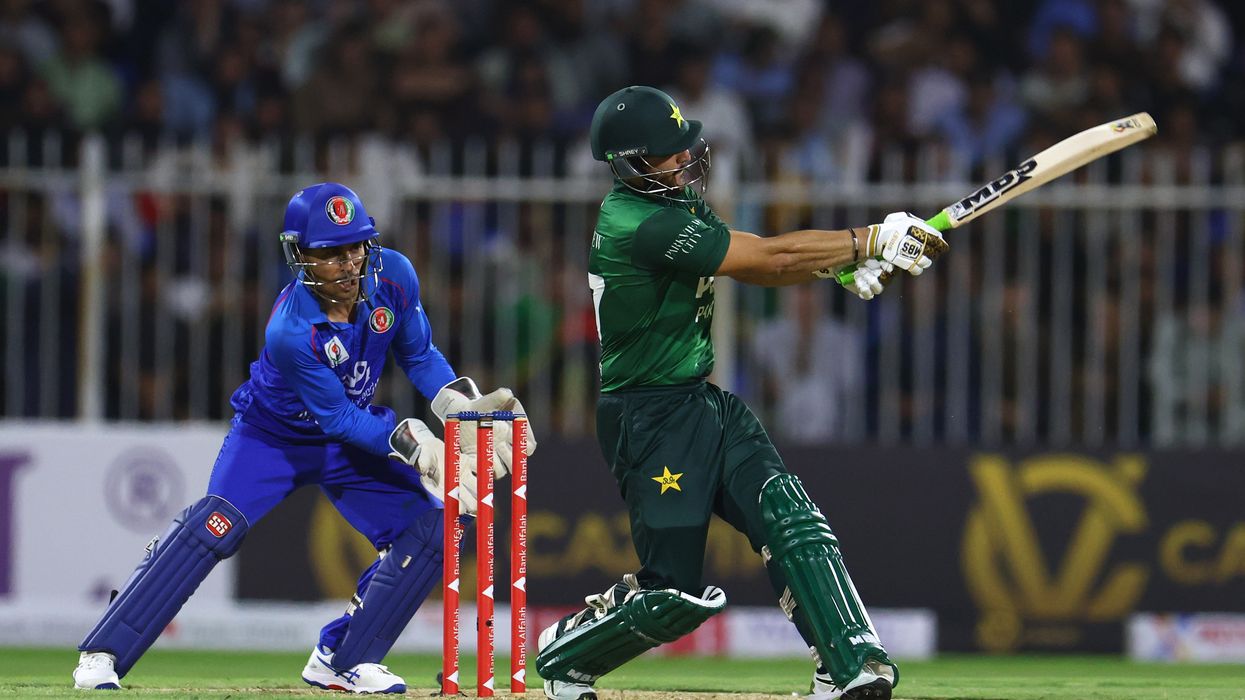

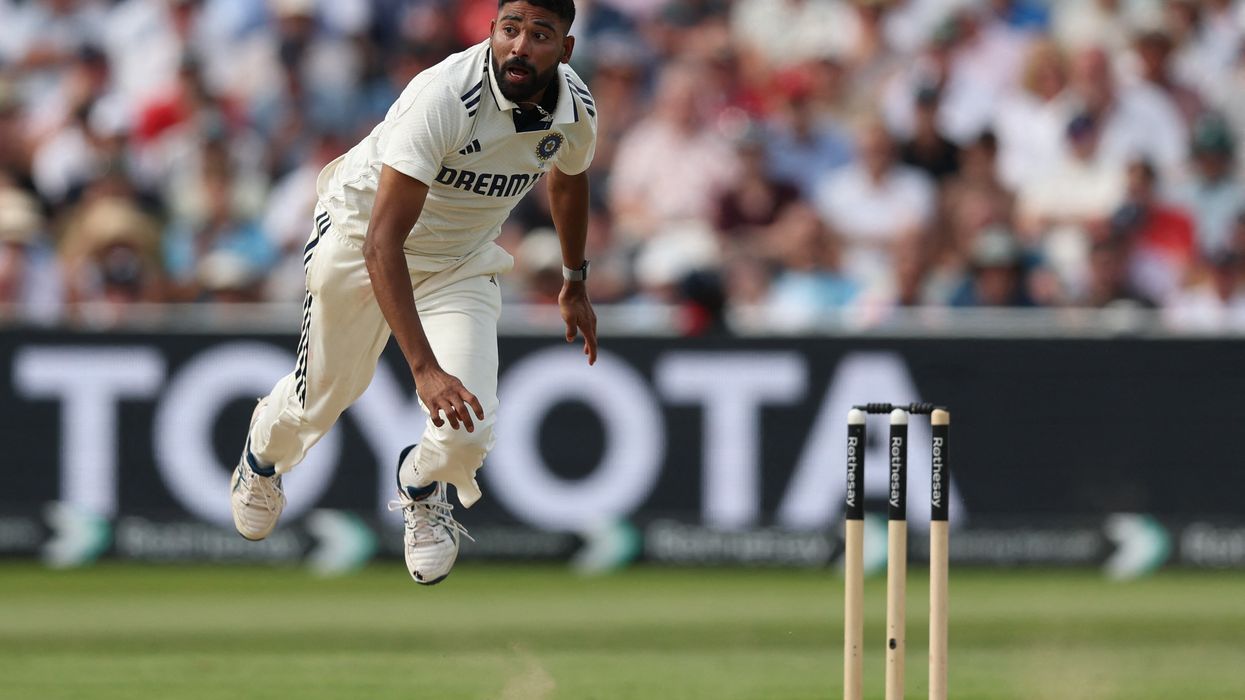





 Shah Rukh Khan visits the cast of Come Fall in Love The DDLJ Musical during rehearsals in London Danny Kaan
Shah Rukh Khan visits the cast of Come Fall in Love The DDLJ Musical during rehearsals in London Danny Kaan 
